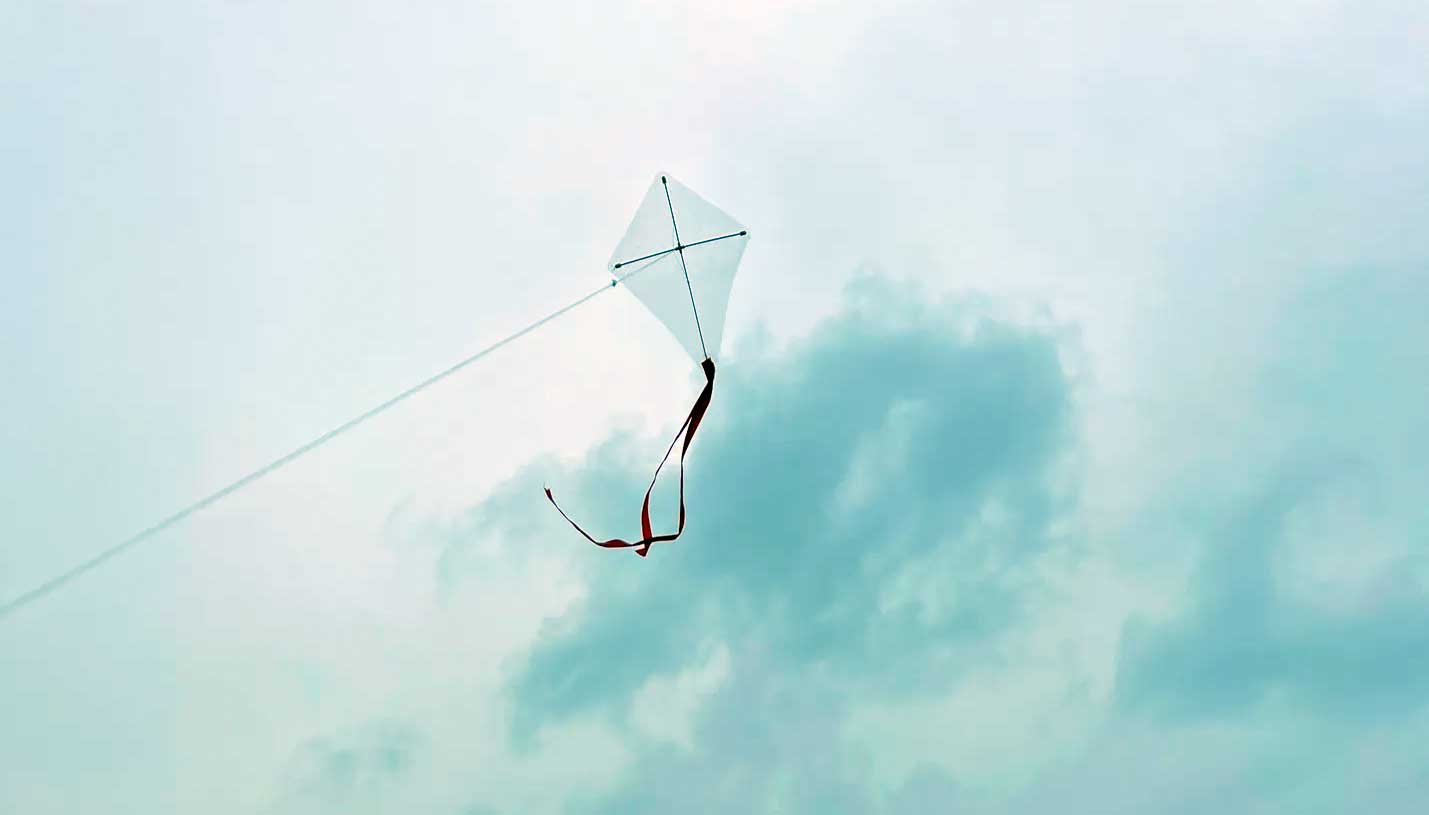The combination of 3D printing and traditional kite making opens up new possibilities for makers. A current project by Michal Zoubek shows how additive manufacturing can be used to produce customised kites. The basic construction consists of 3D-printed connectors and axle brackets, which are combined with lightweight rods.
The advantage of 3D printing is that the design can be easily customised. Individual components can be easily adapted and reprinted. Replacement parts can be produced quickly in the event of damage. More complex designs can also be realised.
One cross connector and four end brackets are required for a kite. The axles consist of 2.35 x 2.35 mm square bars with lengths of 13.5 cm and 24 cm. The brackets measure approximately 12.5 x 7.5 x 4.5 mm with a 2.5 x 2.5 mm opening. Small plugs are used to attach the film.
Assembly is carried out without glue. A light but robust film such as a transparent document cover is suitable as a covering. Correct positioning of the string and a tail at the lower end are important for flight stability.
Michal Zoubek has documented his approach here and the 3D model is available to download free of charge from Printables.
Subscribe to our Newsletter
3DPresso is a weekly newsletter that links to the most exciting global stories from the 3D printing and additive manufacturing industry.






















